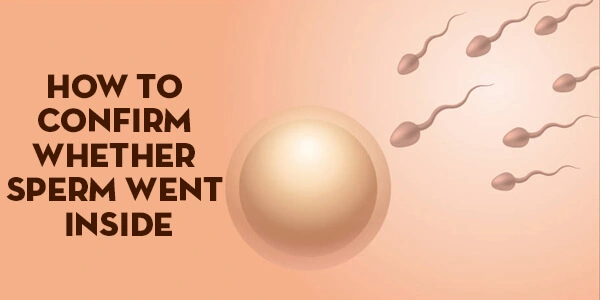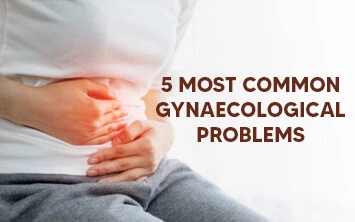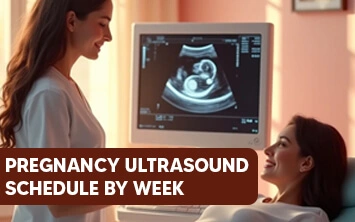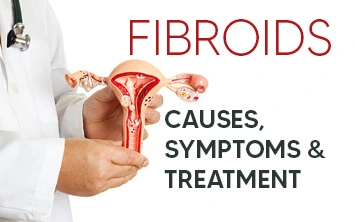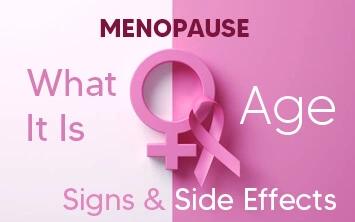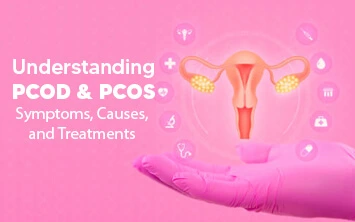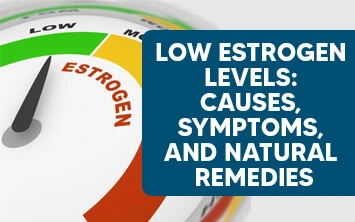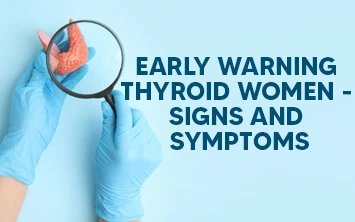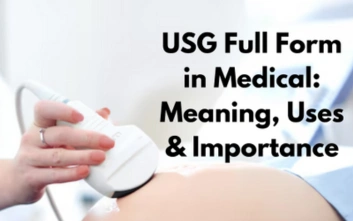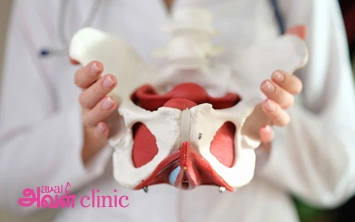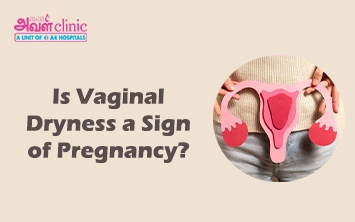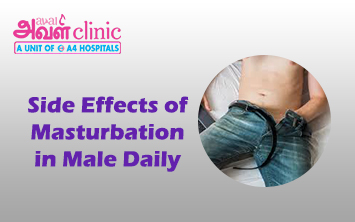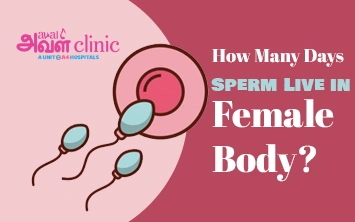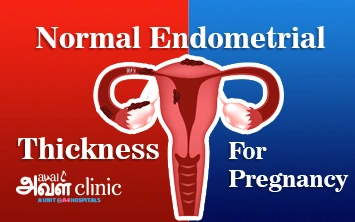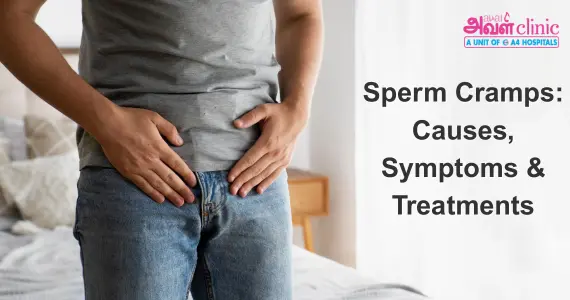Published on: March 22, 2025
Author: Admin
Wondering how to confirm whether the sperm went inside your body or not? When you scroll down and complete reading this comprehensive guide, you will understand how the penetration works. No matter if you are planning to get pregnant or preventing it, being aware of the process is significant for everyone in their reproductive age.
What Happens When Sperm Enters the Body?
When you have intercourse with your partner, the penis will enter into the vagina and the ejaculation takes place. This ejaculation or semen typically contains millions of sperms that pass through the vagina, cervix, and uterus and then reach the fallopian tubes. These ejaculated sperm will wait for the egg to get fertilized in the fallopian tubes. When fertilized, it travels down to get implanted in the uterus.
Even though the process of fertilization is widely understood by many people, the question of how to confirm whether sperm went inside is still not well-versed.
In this blog, we will try to cover all aspects of such less-talked questions. So, let’s continue reading.
How to Confirm Whether Sperm Went Inside - Expert Advice
Many women are curious to know - "When sperm enters the female body, how do you feel?"
There are several indicators to determine the presence of sperm inside a woman’s body. Listed below are some of the tips proposed by experts in the healthcare industry to recognize its existence. They are:
Morning Sickness
The most common indicator to determine the presence of sperm inside a woman’s body is morning sickness. The morning sickness symptoms may include nausea and vomiting. The symptom usually happens during the early stage of pregnancy, which is typically around 8-10 days after fertilization.
Fatigue
The feeling of fatigue occurs in women immediately after fertilization. This is because of the hormonal changes that happen during the process. The symptoms of fatigue may include morning sickness, headaches, nausea and vomiting.
Timing of Sexual Intercourse
Having intercourse around the time of ovulation can significantly improve the chances of getting pregnant. This happens as the sperm have the ability to survive in the women’s reproductive tract for up to five days. If you have intercourse every other day before the ovulation period, the possibility of fertilizing sperm with the egg is more viable.
Sperm Leakage
The leakage of sperm from a woman’s vagina is another indicator to determine that the sperm has entered your system. After having sexual intercourse, an excess amount of sperm tends to come out from the vagina. However, it is significant to understand that even if the sperm comes out, there are potential chances of getting pregnant. This is because all we need is a single sperm to fertilize the egg.
Changes in Cervical Mucus
The change in cervical mucus is another indicator to determine that the sperm has entered a woman’s reproductive tract. This happens because of the hormonal changes during pregnancy. When the egg and sperm are fertilized, the cervical mucus tends to become thick, wet, and sticky. As your pregnancy progresses, the mucus becomes even more thick and a change in its colour is also noticeable.
Light Spotting or Mild Cramping
Light spotting or mild cramping after ovulation is often referred to as implantation bleeding. It is one of the first indicators of determining the presence of sperm inside the woman. The light spotting or bleeding happens when a fertilized egg gets implanted into the uterus. The sign is typically noticeable between 10 and 14 days of ovulation. However, implantation bleeding is not common among every woman.
Sore Breasts
Sore breasts are another indicator to determine the presence of sperm inside a woman. However, they can also be an indication of the approaching menstrual cycle. To confirm it, performing a home pregnancy test is suggested. Generally, sore breasts are an early sign of pregnancy. This happens because of the hormonal changes in the body. These hormones work to prepare a woman’s body to breastfeed the baby.
Heightened Sense of Smell
A heightened sense of smell is otherwise known as hyperosmia. This is the condition when a person can abnormally have a sense of smell even at lower concentrations. This generally leads to food aversions and nausea. The condition is commonly found among pregnant women. A heightened sense of smell can be a signification sign of determining the presence of sperm in a woman’s body.
Missed Period
For women wondering how to know that sperm went inside their body, missed periods are the common indicator. The hormonal changes are triggered in a woman’s body soon after the successful implantation of the fertilized egg in the uterus. This signals her body to stop ovulating and prepare the uterine lining to support the growing baby. This is why her menstrual cycle is stopped until childbirth.
Need expert advice? Consult our doctors now!
Call Now: 80047 80048What Does Sperm Look Like When It Comes Out Of A Woman The Next Day?
The appearance of the sperm generally differs from person to person. However, when it comes out of a woman the next day after intercourse, it will look sticky, jelly-like substance or thin, clear or milky fluid.
Ways to Increase the Chances of Sperm Entering the Body
To increase the chances of sperm entering the woman’s body, following certain methods can help couples with successful implantation. The methods may include:
Proper Ejaculation
While having intercourse, penetrating the penis and ejaculating inside the vagina can increase the possibility of sperm entering the woman’s body more effectively.
Elevated Position After Intercourse
After having intercourse, it is suggested to slightly raise the hip of the woman while lying down using a pillow or other things. This helps to increase the chances of conception.
Avoid Washing
Immediately after intercourse, it is not advisable to wash or rinse the vagina. This increases the possibility of washing off the sperm from the vagina.
Sex positions to get pregnant
Certain positions during intercourse can help to increase the chances of the sperm entering the woman’s body. The doggy style and missionary positions are among the best sex positions to get pregnant, as they allow for deeper penetration, increasing the chances of sperm reaching the cervix for fertilization. These positions are considered to be more effective when compared to other positions.
Timing
Having intercourse around the time of ovulation can significantly improve the chances of getting pregnant. This happens as the sperm have the ability to survive in the women’s reproductive tract for up to five days. If you have intercourse every other day before the ovulation period, the possibility of fertilizing sperm with the egg is more viable.
Lubrication
Even though lubricants cannot enhance the motility of the sperm, rather it can indirectly help with increasing the chances of pregnancy. Using lubricants, the frequency of sexual activity can potentially be increased, which leads to successful implantation. Generally, lubricants are helpful for the woman who experiences vaginal dryness.
Healthy Lifestyle
Maintaining a healthy lifestyle such as a well-balanced diet, and regular workouts can significantly improve the chances of getting pregnant. In addition, reducing alcohol consumption and smoking plays a key role when it comes to fertility.
The Right Time to Get Pregnant after Menstruation
Determining the right time to get pregnant after menstruation may vary from woman to woman. However, studies show that couples who have had intercourse regularly without using contraceptives have achieved pregnancy within one year. It is also significant to understand that age and other factors play a crucial role when it comes to conception. The insights provided by other studies are as follows:
- Only 30-38% of couples have achieved pregnancy in the first month of trying.
- About 60-65% of couples have achieved pregnancy in the next three months of trying.
- Around 75-80% of couples have achieved pregnancy in the six months of trying.
- Approximately 90-92% of couples have achieved pregnancy within one year of trying.
When it comes to getting pregnant after the menstrual cycle, days 10-14 are considered to be more fertile. Listed below is a detailed analysis of the right time to get pregnant after the menstrual cycle.
- Day 1-7 – Bleeding period or menstruation: These days are considered to be less fertile.
- Day 8-9 – Post menstruation: These days have the minimum possibility of getting pregnant.
- Day 10-14 – Ovulation period: These days are considered to be more fertile. The possibility of getting pregnant is much higher.
- Day 15-16 – Post ovulation: These days have the minimum possibility of getting pregnant.
- Day 17-28 – Thickening of endometrium: These days are considered to be less fertile.

